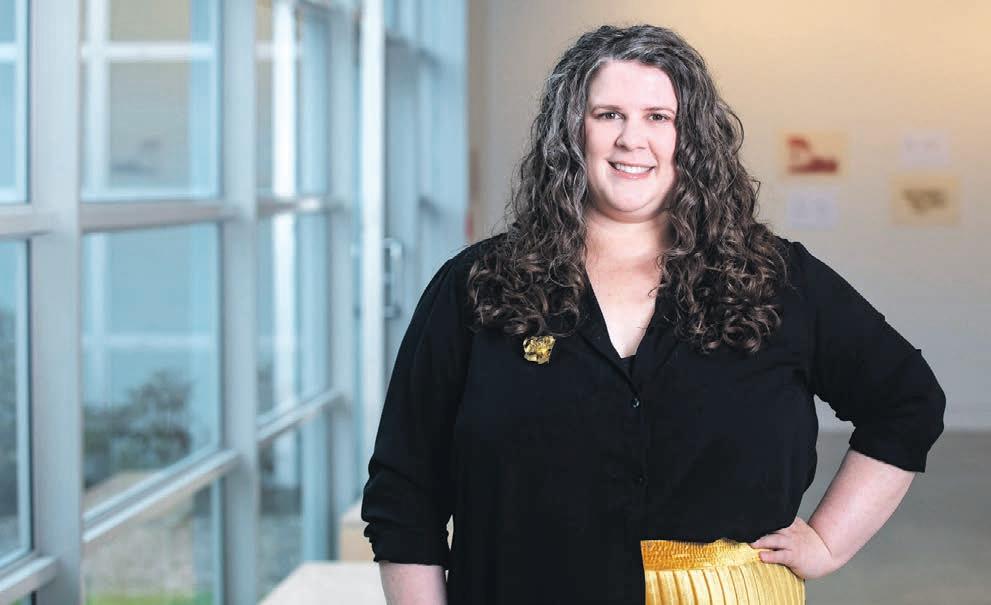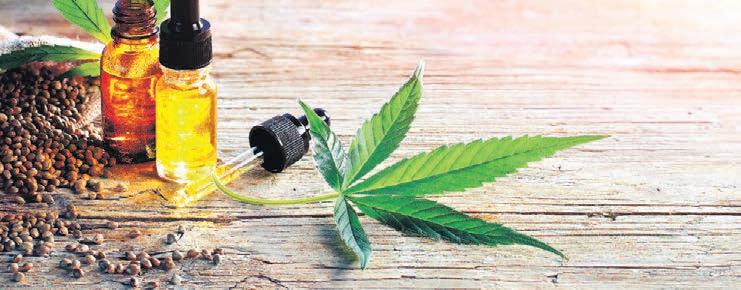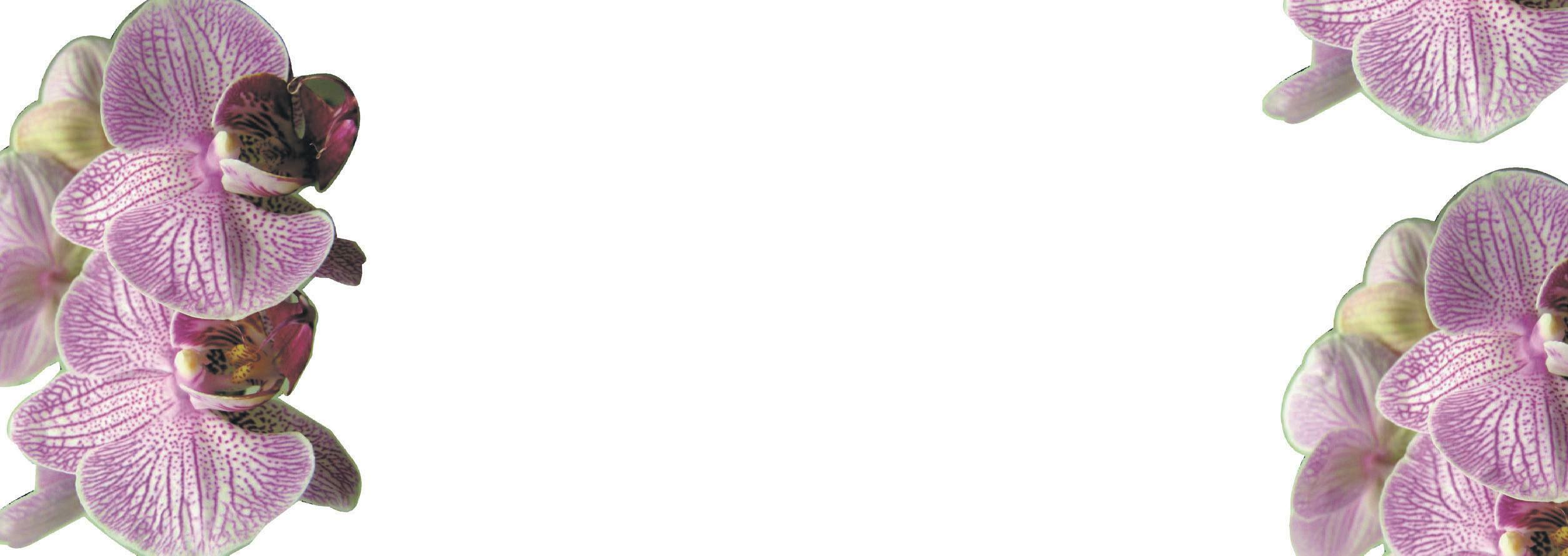
3 minute read
Extra
New director introduced
As the new director of Aratoi I wanted to use the opportunity of our regular column to familiarise you with my background as well as my hopes for Aratoi and our place in Wairarapa.
I have spent my entire career in what is aptly called the GLAM sector – the realm of galleries, libraries, archives, and museums.
On my graduation with a master’s degree in art history from Victoria University, Wellington, I secured a position as an archivist at Archives New Zealand. There I was lucky to be surrounded with the documentary heritage of our country and I learnt about aspects of our history that I missed during my history education, including the complex and wonderful document that is Te Titiri o Waitangi/the Treaty of Waitangi.
However, my heart lay with art, so I moved to Whanganui for an opportunity to be assistant curator at the Sarjeant Gallery, before becoming the curator and collection manager at the Suter Art Gallery in Nelson. It is now my great pleasure to take up the role of director of Aratoi.
I have been lucky in my career to have worked with artists who have made me not only a better curator, but a better person.
These artists, and their work, have taught me about our fraught history, the wonderful and terrible things that make us human, found new and inspiring ways to talk about the precarious state of our environment, and allowed me to find joy and inspiration in the biggest and smallest stories.
I look forward working with the marvellous team at Aratoi, our taonga, and artists to share more of these stories.
We live in uncertain times but by understanding our past, and through the unique perspectives artists bring, we can find a way forward.
My aim is for Aratoi to be a place for reflection and understanding, but also to challenge visitors to see ourselves and the world in new ways.
If you see me around Wairarapa or want to stop in to Aratoi for a chat I would be happy to meet you all.

Sarah McClintock. PHOTO/SUPPLIED
WAIRARAPA HERB SOCIETY
Hemp, the oldest herb on earth
Cannabis has long been part of human culture. Dating back to the fifth century BC cannabis seeds have been found in funerary urns of the Scythians, an ancient people of Central Asia.
As it has narcotic properties it has picked up many names through time. The primary or common name “hemp“ [Cannabis sativa] derives from the Anglo-Saxon name for the plant “henep”.
The genus name is thought to have its origins in the Greek kannabis, and going back further from Arabic Kinnab or Persian kannab.
Cannabis is a multi-use plant valued for its tough fibres. It provided the ropes used by Medieval English hangmen and so was also known as neckweed or gallowgrass.
As a medicinal herb it has a long history and was used until the 1930s as a painkiller, mainly in the form of a tincture.
The plant was also grown in monastic gardens to treat gastrointestinal disorders, insomnia, depression, headaches, neuralgic complaints and asthma.
Queen Victoria was prescribed cannabis for her menstrual pains. More recent study has found the herb very effective for relieving nausea and pain associated with chemotherapy [source “Nature’s Medicine”, National Geographic].
Wairarapa Herb Society has invited toxicologist John Reeves to speak about medicinal uses of cannabis at its Tuesday, October 18, meeting 1.30pm, in The Old Courthouse, Carterton. All welcome.
If you are interested in the use and cultivation of herbs contact us at waiherbs@gmail.com

PHOTO/STOCK.ADOBE.COM





